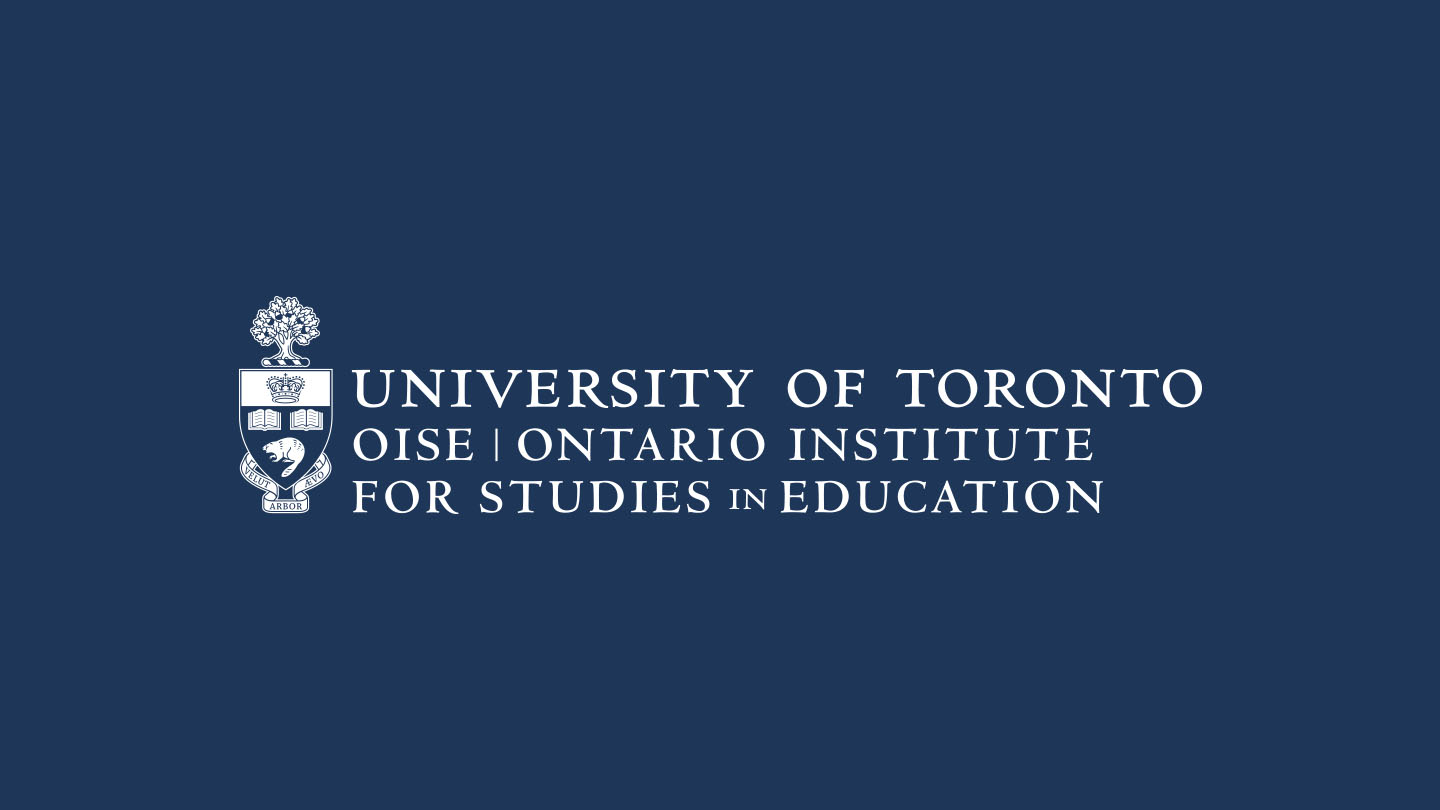Closing the gap: CBIE Catalyst Award-winning book tackles international education policy in Canada

International education policy in Canada is complicated by the country’s decentralized nature – its role in foreign policy, immigration and citizenship – and the provincial authority of education.
So, to produce the award-winning International Education as Public Policy in Canada required a national collaboration of experts, from coast-to-coast-to-coast. This book, published in 2020, provides a comprehensive analysis of international education policy in Canada, tracing the complex history of when, how, and why it emerged as a policy area of strategic importance.
OISE’s Dean, Glen Jones, and two OISE alumna, Merli Tamtik and Roopa Desai Trilokekar, led the book project and have been recognized for their leadership by the Canadian Bureau of International Education (CBIE). The Catalyst Award is a part of CBIE’s annual Excellence Awards docket, awarded to an individual or group for bringing cutting-edge knowledge to the field of international education.
In receiving the award, the team is proud of the work that can now be accessed by scholars and practitioners nationwide. But, they give tremendous credit to their contributors, who brought a variety of regional and theoretical perspectives to the textbook.
“I’m particularly proud of the breadth of regional and theoretical expertise that our chapter authors brought to the volume,” said Dean Jones. “I am also extremely proud that our contributors included both very junior scholars who bring fresh ideas, as well as highly respected established scholars who have shared their expertise on these very complex policy issues.”
Tamtik, an Assistant Professor in Educational Administration at the University of Manitoba, believes being recognized by CBIE, which services professionals in the field, is significant. “It's very common to be recognized by a scholarly organization. But then your communication and your work stays within that community,” said Tamtik, who earned a master’s and a doctorate from OISE. “I think this has given us a larger exposure to people who are in the practice of international education, who are professionals, scholar practitioners.
“It gives us a wider audience to outreach and an opportunity to affect both policy and practice.”
The book looks at international education from a policy perspective, an outlook propelled with the guidance of Trilokekar’s expertise.
“I was interested in examining the issue of international education from a policy lens because there's very little discussion on international education as an area of policy study,” said Trilokekar, an Associate Professor from York University’s Faculty of Education.
Roopa and Merli had early conversations about compiling a book at an education conference. “And I've known Professor Jones since my PhD and we’ve always had these conversations about this field. It was a conversation three of us have been having for a while knowing that this was a gap in the field. So, it came naturally for three of us to have connected this way.”
They carefully developed the structure of the book and then reached out to their networks to identify chapter authors. The text looks at the topic in three distinct sections: federal policy, provincial policy, and critical perspectives, including some quite original approaches.
The book, which has representation from nine provinces, even from Prince Edward Island, looks at Nunavut’s policy outlook, and includes an analysis of internationalization and Indigenization in Canada – not to mention critiques of these policy approaches, writ large.
The text, says Tamtik, is “boundary-pushing in a sense that it examines internationalization beyond mobility discourses, analyzes ways in which international education policies have impacted Canadian federal-provincial relation, drawing governments closer together.”
“There hasn’t been a book that has brought together the Canadian story on international education in this way,” added Trilokekar. “I think for us, it was also the narrative of the Canadian story, which was important.
“That narrative is one about how policy has shifted, changed, developed over time,” she adds. “If you see the way we've mapped it in the book, through all of the stories of the federal government, of the provinces, you see the shift that has occurred in policymaking, and the shifts that will continue to occur, I think there are some implications of where we will be headed and where policy could go, but maybe hasn't gone.”
The trio hopes readers take away something substantial from the text. “International education has become a core pillar in Canadian society, and a pillar that has been more and more informed by the policy approaches from the government,” said Tamtik. “It didn't use to be that way because the institutions were always driving international education. But now we're seeing much more attention from the governments, provincial and federal, when it comes to international education.”
“I think the message that is core to our higher education systems, whether they're colleges or universities or K to 12 systems, is that international education has become core to education in Canada,” said Trilokekar. “That's a central message that comes about, but also that there is great potential to steer it in different directions and in different ways that we may not have considered.
The book speaks to different audiences in different ways, she adds. “There's a takeaway for many, and I think our hope is that as international education grows as a field of study, that people are able to pull from chapters of the book as a textbook, or pieces of text that they can use in their courses” as they study the field and understand policy development, impact and influences.